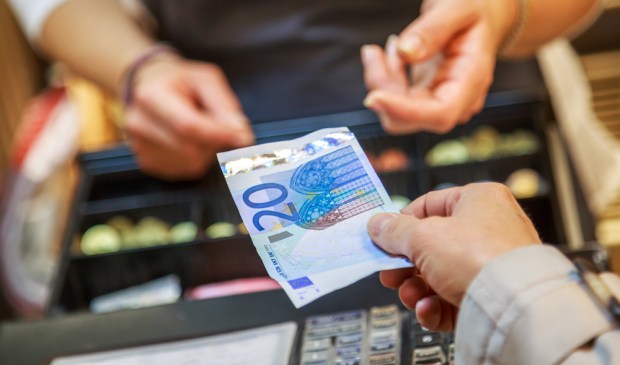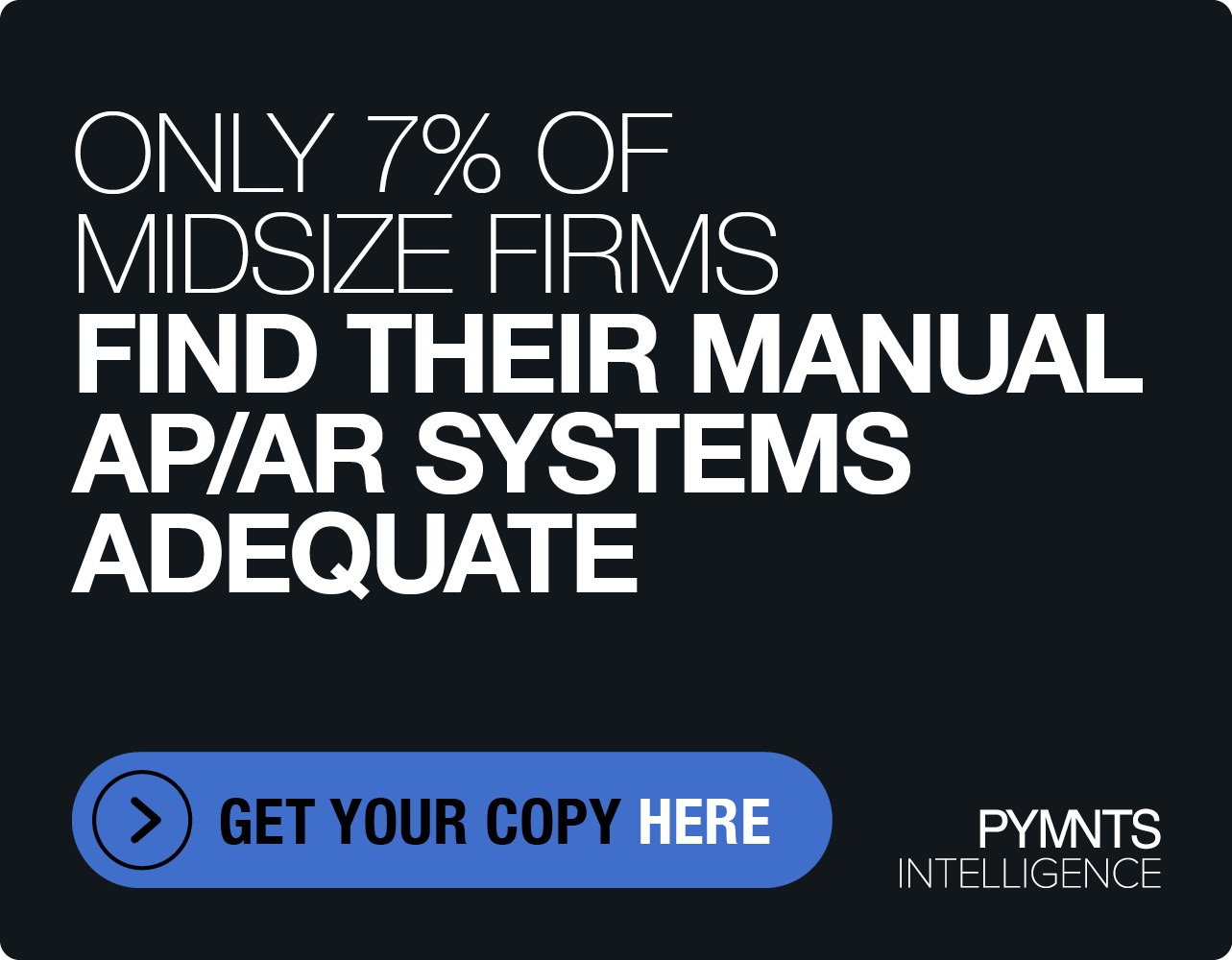NEW REPORT: Straight Talk About Cash In Europe

Even with the growth of contactless and digital payments in Western and Eastern Europe, cash continues to cut itself a lion’s share of the payments pie — at least, when it comes to retail transactions.
With 75 percent of POS transactions being powered by cash, consumers clearly know what they like.
But does that mean cash will forever continue to be atop the wallet heap? Not really. With a growing availability of payment options, European consumers are increasingly using a mix of payment methods.
That said, with the European economy improving, the overall volume of cash usage is continuing to grow at an estimated compound annual growth rate of 27.8 percent in Eastern Europe and 0.3 percent in Western Europe, according to the brand-new PYMNTS.com Global Cash Index™ Western and Eastern Europe Analysis, a Cardtronics collaboration.
In the U.K. alone, total circulation of cash went up by 10 percent in 2016, reaching £70 billion in 2016 – the fastest growth in a decade, according to the Bank of England.
Overall in Western Europe, Austria emerged on top, with cash powering 35 percent of transactions. On the other side of the continent, Lithuania showed the highest affinity for cash with an 82 percent share. Lithuania is followed by Croatia, which has a 71 percent cash share.
Some key takeaways from the new PYMNTS.com Global Cash Index™ Western and Eastern Europe Analysis:
- As of 2016, cash usage in Western and Eastern Europe, as a percent of gross domestic product (GDP), stood at 15.3 percent and 35.9 percent, respectively.
- Countries in Western and Eastern Europe used a total of $3.6 trillion in cash payments last year.
- In Europe, Austria has the highest ATM penetration with an average of 156 available per 100,000 people. In comparison, Sweden has the least with just 32 ATMs available per 100,000 people.
Why EU Consumers Would Rather Choose Cash
The PYMNTS.com Global Cash Index™ Western and Eastern Europe Analysis also features an interview with Ron Delnevo, Director of ATM Industry Association (ATMIA) that dives into the emerging payment trends in the U.K. – many of which, Delnevo said, may prove to be bellwethers for the use of differing payment methods across Europe.
With bank branch closures across the U.K. and the rest of the Europe, Delnevo said, it’s becoming hard for consumers to access and deposit cash. With the change, however, third-party ATM service providers are seeing this as an opportunity and are stepping in to fill the gap.
Meanwhile, cash is facing growing competition from contactless payments for small-value transactions. Nonetheless, consumers are continuing to pick cash over tap-and-go to pay for their day-to-day transactions.
A recent survey of approximately 50,000 convenience stores in the U.K. found cash to be the dominant payment method, with over three-quarters of transactions still being paid in cash.
Ultimately, as the competition intensifies, Delnevo sees cash losing some of its share to alternate payment methods, but foresees it as a force to be reckoned with for years to come. After all, cash continues to power the majority of POS transactions in Europe.
To read the story and check out the complete Western and Eastern Europe analysis, download the report.
To download the PYMNTS.com Global Cash Index™ Western and Eastern Europe Analysis, please click below…
The PYMNTS.com Global Cash Index™, a Cardtronics collaboration, focuses on the use of cash for making payments and as a payment method that equally plays a role with cards, checks, direct debit and other methods of settling up between consumers and businesses. Unlike most reported estimates of cash, our proprietary data analysis focuses on the use of cash for making payments rather than hoarding.

